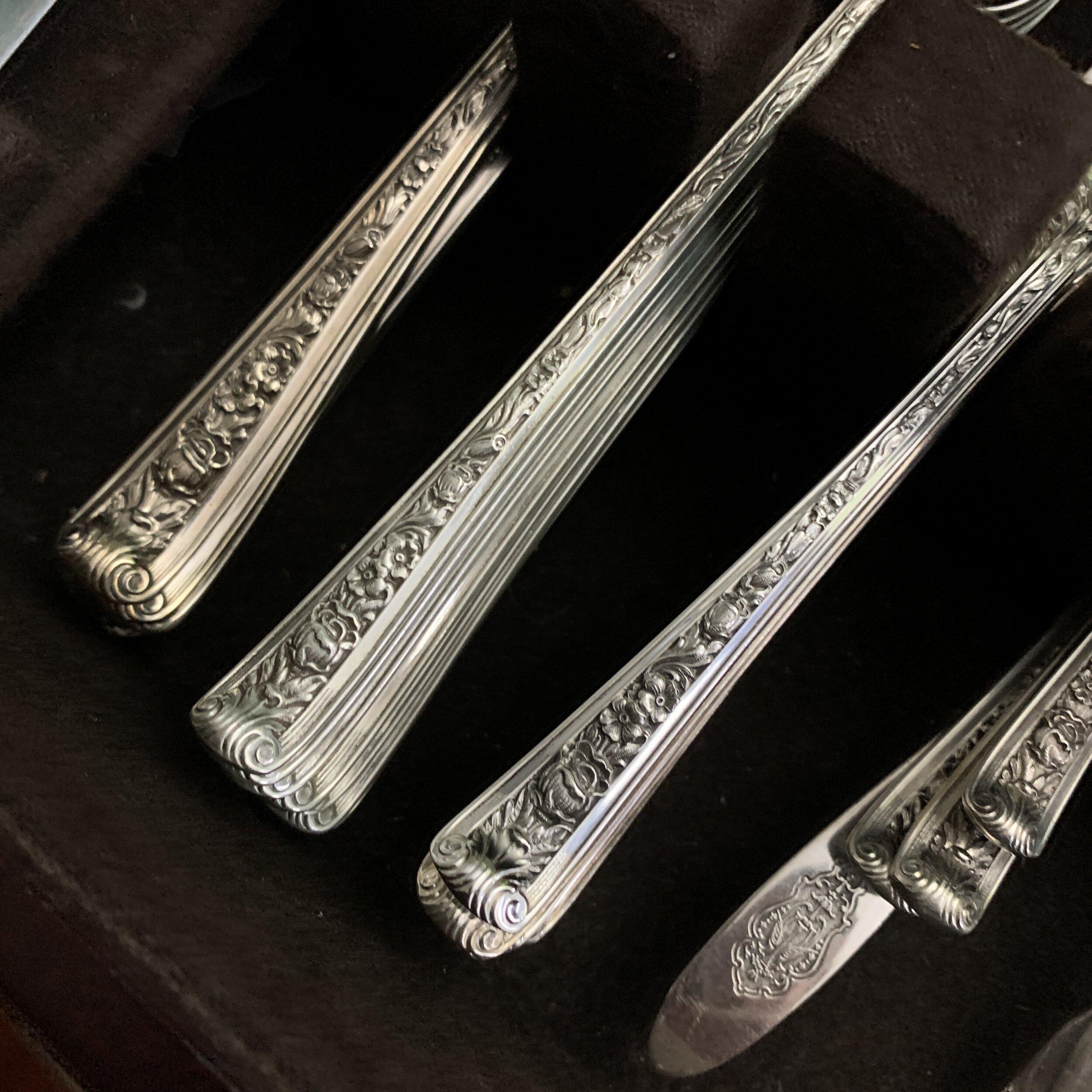Anytime the phrase “wear whatever you want” shows up, Etiquetteer wants to start Wagging an Admonitory Digit and saying “No you may not!” But Isobel Slone’s guest essay in The New York Times last week, “There Are No Fashion Rules Anymore,” makes one consider how un-uniform Fashion is now. “We’re entering into a brave new world,” she writes, “and it’s important to dress for it — which is to say, exactly how you want.” Her point overall is that the choices we make about what to wear no longer come exclusively from the top down, but more often than not from the bottom up. More importantly, because of our Unique (Post-) Pandemic Moment, more people are not going to be restricted by The Rules and will dress (or not) to suit themselves. “The concept that anyone ought to be wearing anything other than what they’re comfortable in represents the last gasp of an old system that is fading into irrelevance.” (It’s an absorbing article; read the whole thing.)
Ms. Slone fails to consider two points that Etiquetteer continues to think of as essential: a Sense of Occasion, and Elegance. While many of us have cocooned in sweatsuits or caftans for the last year, when we’re finally able to attend our first in-person weddings, graduations, or (sadly) funerals, yoga pants and a tunic top just aren’t going to cut it. This is decidedly a time for experimentation, but how we present ourselves also shows respect for our hosts, and for the reason we’ve been called together. How individual can a sweatsuit be, and is it really going to look Perfectly Proper at a wedding (or funeral) just because you Bedazzled the cuffs? You know the answer.
Then there is Elegance, the definitions of which encompass Neatness, Simplicity, “tasteful richness of ornamentation,” Refinement, and Propriety. These are all still desirable qualities in how we present ourselves to others. The late Marlene Dietrich once lamented that Elegance was “Rarely found today. Women are not brought up to know about it and therefore lack even the desire to acquire it.” Men benefit from Elegance just as much; its guiding principle and benefits are not exclusive to any gender.
Ms. Slone notes “As the fashion world slowly welcomes concepts like inclusivity and diversity into the fold, the acknowledgment that not all people look the same has led to the epiphany that not all people necessarily want to dress the same, either.” At this moment of Fashion Experimentation, as we determine how to present ourselves after a year-plus of Social Isolation, Etiquetteer wants us all to find a way to be unified, but not uniform, in Perfect Propriety.
Fan art from a dinner guest!
These things were much on Etiquetteer’s mind last night after a first Dress Dinner With Actual Company Inside Without Masks. If that’s not an Occasion Worth Dressing For, I don’t know what is! How lovely to be in a room with other people also dressed in their Sunday best. And how wonderful to flex one’s Hostly Skills and actually cook and serve for more than Just Oneself. In that respect, the dinner was a qualified success. The menu:
Gin-tonic Cocktail de crevettes Céleri farci
Poulet de Clément Haricots verts Timbales de riz brun
Côtes de Provence Rosé
Salade verte aux amandes
Gâteau reine de Saba Glace vanille
Champagne Piper Sonoma Brut
Four turns out to be the perfect number for me to entertain at dinner right now. Plating more than four Perfectly Proper plates at a time would compromise my hostliness, but three people amuse themselves more easily than two in the parlor over drinks and nibbles. (I am one of those cooks who need to be single-minded in the kitchen.) But overall, an occasion of Great Joy, the first of what I hope will be many Perfectly Proper gatherings with loved ones this year.

































